Threatened coral species reproduced in Florida
Florida Coral Rescue Center (FCRC) has successfully fostered offspring for the threatened species, Mycetophyllia ferox, referred to as rough cactus coral. The now hundreds of offspring are thought to be the first bred under the care of people. FCRC is managed by SeaWorld and is a member of the Florida Reef Tract Rescue Project of the Association of Zoos and Aquariums (AZA-FRTRP).
The breading program is part of a wider effort to restore Florida’s coral reef. The specific corals were gathered in 2019-2020 by Florida’s Fish and Wildlife Conservation Commission after threat from Stony Coral Tissue Loss Disease (SCTLD) was identified. SCTLD kills nearly all coral which catch the disease.
"These offspring are very important to the future of this threatened species and to the health of our oceans," said Jim Kinsler, facility manager of the Florida Coral Rescue Center and curator of Aquariums and Wild Artic at SeaWorld. "Our team of experts understand that the work we are doing is critical to protecting an entire ecosystem and by ensuring these corals survive and grow to become a part of a healthy and abundant population, future generations of ocean enthusiasts will be able to enjoy them when visiting Florida's Coral Reef."
The pressure on coral reefs posed by SCTLD is compounded by increasing ocean temperatures, pollution and direct damage from people or boats. These impacts are thought to make coral more susceptible to disease.
"While work continues to better understand and control this disease, we have made the difficult decision to remove healthy coral from ahead of the disease boundary and place them in land-based facilities like FCRC to prevent them from becoming infected, to preserve genetic diversity, and to propagate them for restoration," said Gil McRae, director of the FWC Fish and Wildlife Research Institute. "Large numbers of offspring produced by rescued corals will be essential for restoration of Florida's Coral Reef. These vulnerable rescued corals are thriving under the expert care of the FCRC team and offspring produced by these corals will contribute substantially to restoration efforts."


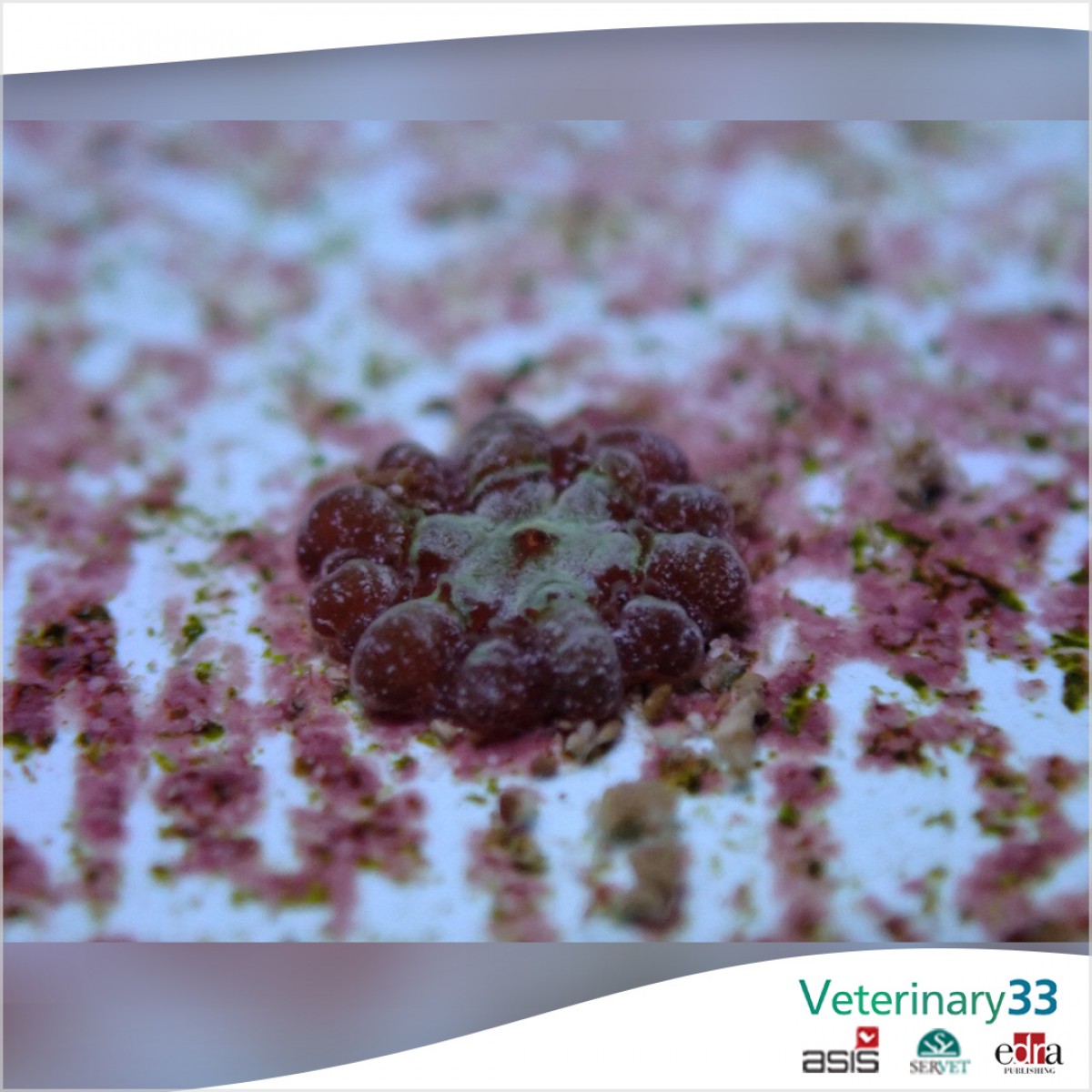
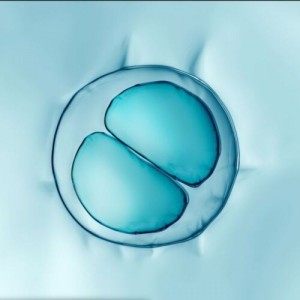

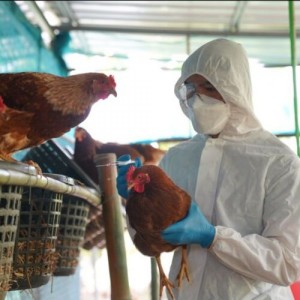
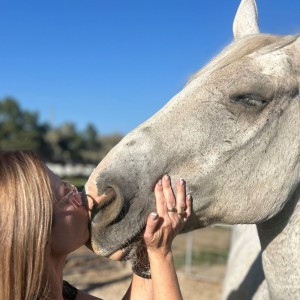
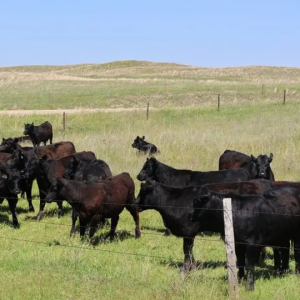

List
Add
Please enter a comment